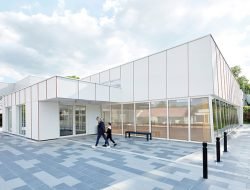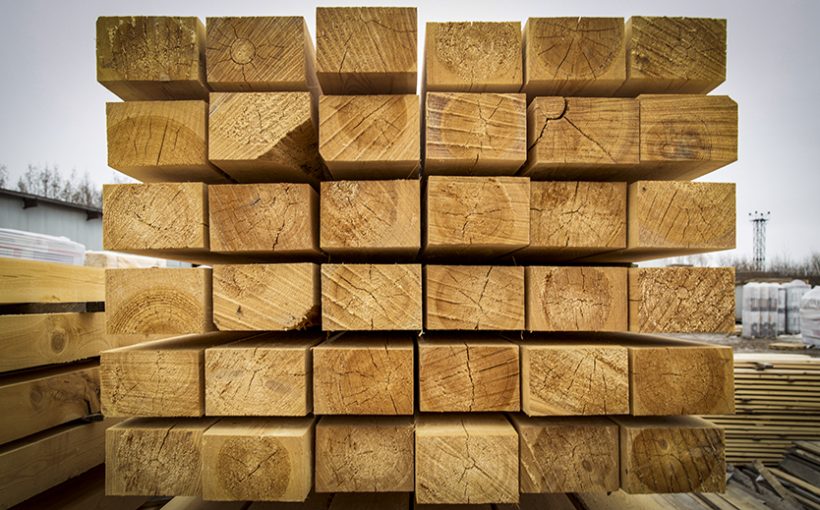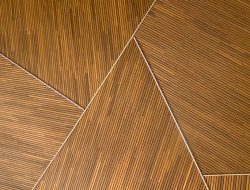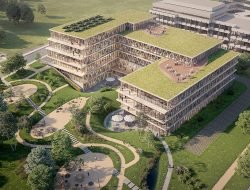We continue our series dedicated to building wood. After setting the scene and explaining where the wood in our buildings comes from, we asked Wood Shapers to tell us about the many benefits of wood in construction. This company, a joint venture between CFE Contracting and BPI Real Estate, specialises in C2C-certified urban wood projects.
“Our goals are simple”, explains business developer Simon Cols: “to be able to build faster thanks to wood, while reducing nuisances (noise, pollution) as well as site hazards during construction. Their motto is the right element in the right place at the right time. As 100% wood construction is often utopian, we will use concrete (in prefabricated elements) or steel for their mechanical resistance.“
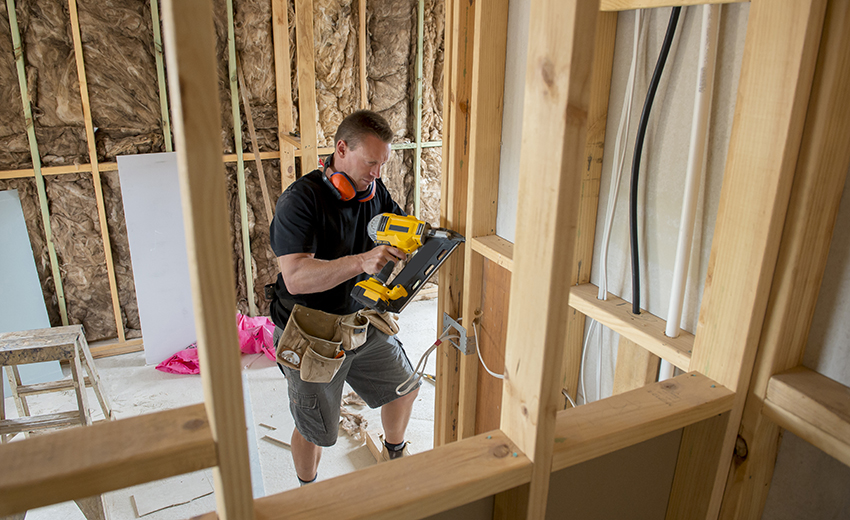
© Ocusfocus | Dreamstime.com
Many virtues, but also some points of attention
A wooden construction contributes to the fight against global warming: wood is sustainable and renewable, and it also helps to limit the greenhouse effect (forests absorb CO₂ through photosynthesis). But that’s not all: if it is cut at maturity – a tree grows between 50 and 80 years –, the wood continues to store the CO₂ it had accumulated during its growth. “And so, the more wooden buildings we make, the more CO₂ we store”, explains Philippe Courtoy, a wood expert at Wood Shapers. It is commonly accepted that replacing 1m3 of concrete with 1m3 of wood saves a tonne of CO₂.
Wood also has many physical qualities: it regulates the temperature throughout the year (it is 15 times more insulating than concrete), it is light, and it is the circular material par excellence. “Then again, it reacts quite strongly to humidity, and we, therefore, avoid using it outdoors in modern builds. As we have said, it is a question of using the wood where it is needed, in the right place.“
In terms of finance, it can be more expensive than a concrete frame. Still, when you take into consideration the price of the entire building (carbon taxes, state aid, product life cycle, time savings on-site…), we often get a better ecological and economic balance sheet.
What about fire resistance? Philippe Courtoy: “This is THE question that comes up most often when starting a wood project. You should know that the resistance of wood to fire is 0.7mm per minute. In other words, it takes a quarter of an hour to consume 1cm of wood in a fire. In addition, the wood does not lose its characteristics where it does not burn. And so, yes, it must be well protected because it is combustible. But, you know, in a fire, steel beams can crash, even though they’re non-combustible.“
This rich, warm material also makes it possible to respect architectural heritage. It will logically be found as much in modern buildings as in the renovation of built heritage.
Tags: C2C, CFE, circular architecture, construction wood, greenhouse effect, sustainability, Wood Shapers


































